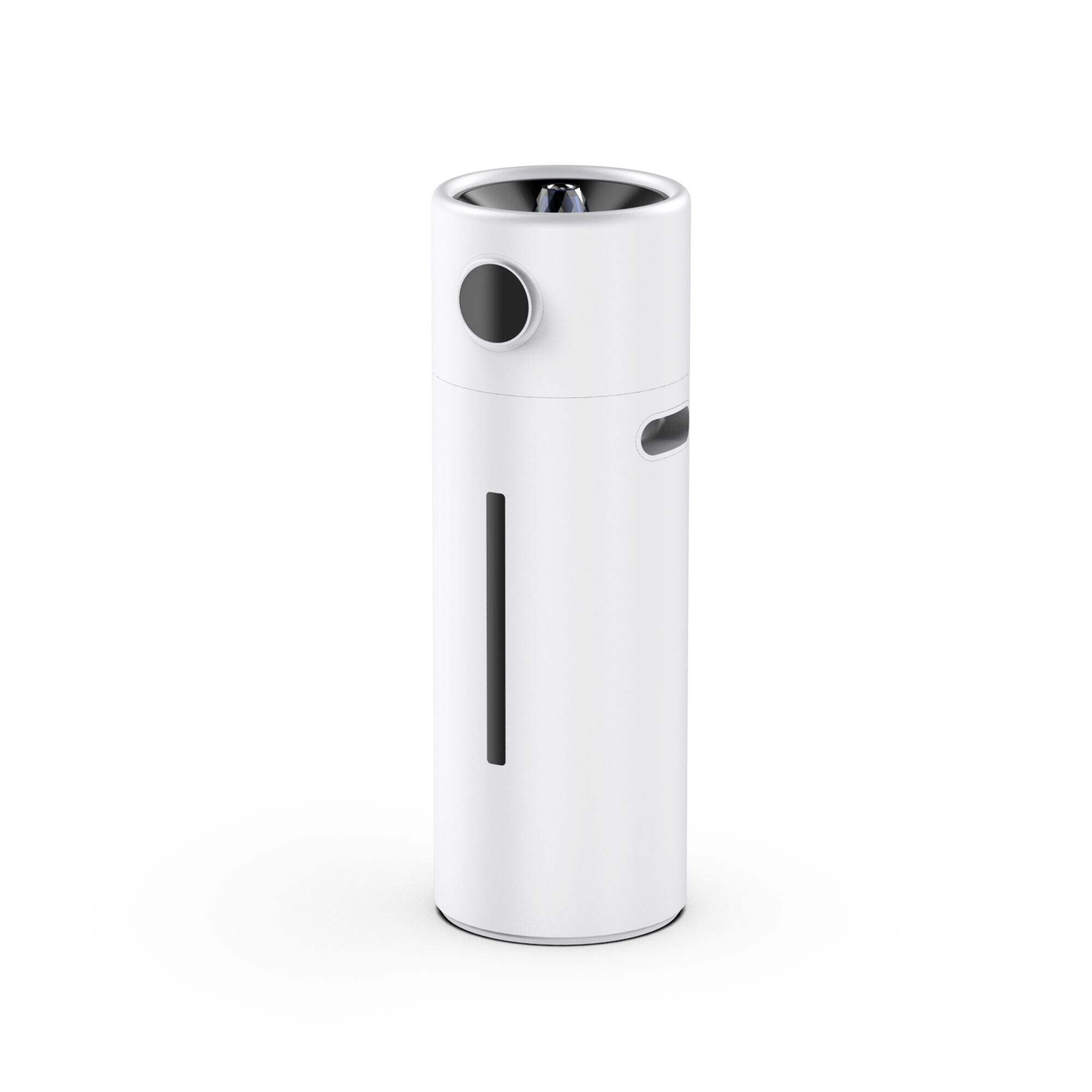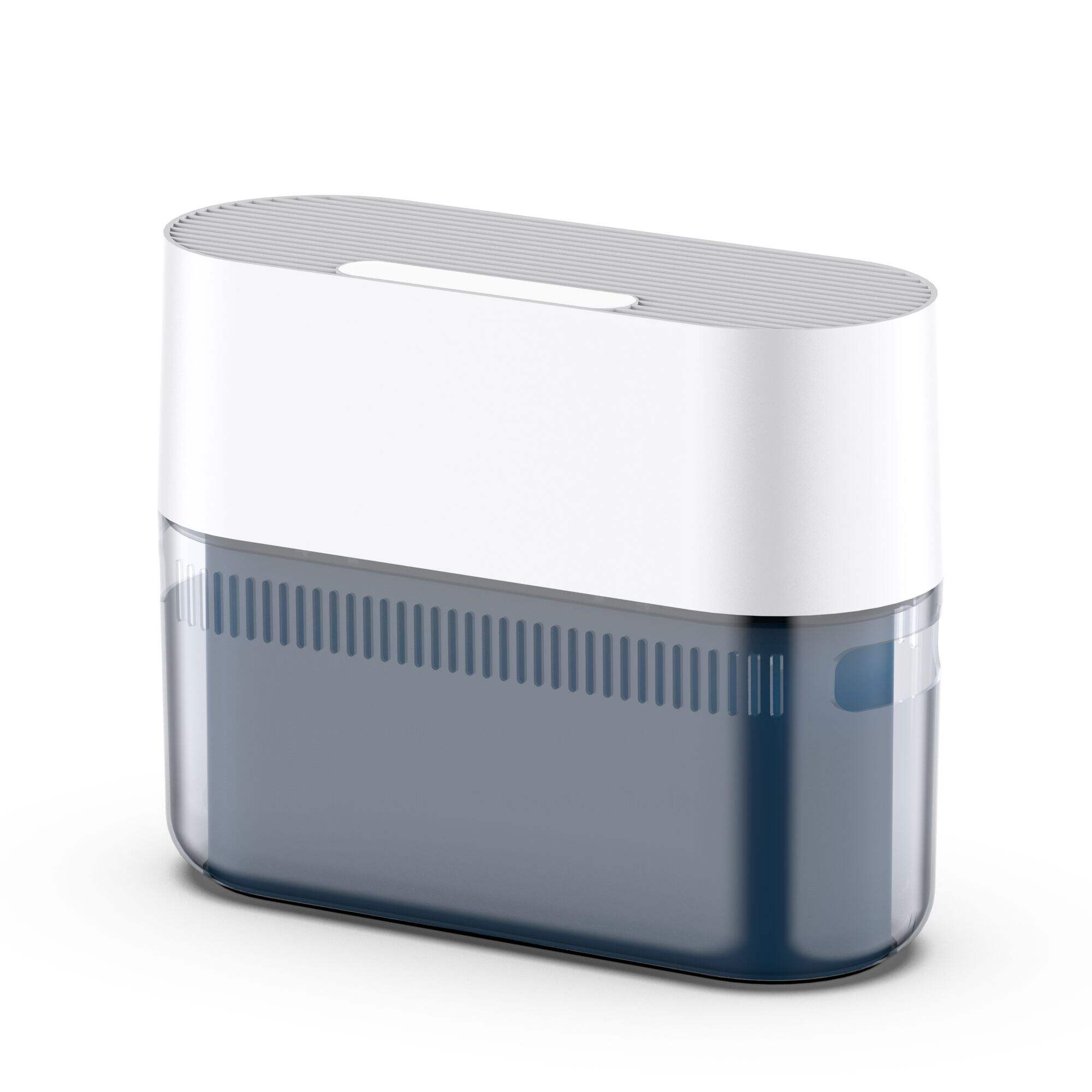Maintaining Healthy Indoor Humidity Levels Made Simple
Understanding Ideal Indoor Humidity Levels
The 30-60% Sweet Spot for Health
Maintaining indoor humidity levels between 30% and 60% is essential for promoting comfort and health. This optimal range is supported by scientific research and helps prevent respiratory irritations as well as ensures comfortable sleep. Experts from health organizations emphasize that excess humidity can lead to mold growth, which poses serious health risks, while too little humidity can dry out mucous membranes, affecting respiratory function. Additionally, achieving this 30-60% range enhances energy efficiency in homes, making them more sustainable during both summer and winter. Keeping your home within this ideal humidity range not only improves physical well-being but also contributes to a more efficient household energy use.
Seasonal Adjustments for Optimal Comfort
Understanding the seasonal variations in humidity is crucial for maintaining optimal indoor comfort. During winter, humidity levels often drop below the optimal range, necessitating additional moisture to maintain comfort and health. Conversely, warmer months may lead to increased humidity that can cause discomfort and even health issues. To ensure indoor air quality and personal comfort, monitoring humidity levels throughout the year using tools like hygrometers is advisable. These devices can provide accurate readings, allowing homeowners to adjust humidity levels as needed. Implementing seasonal strategies ensures that your indoor environment remains comfortable and healthy, irrespective of external environmental changes.
Consequences of Imbalanced Humidity
High Humidity: Mold and Allergen Risks
High humidity levels above 60% can create ideal conditions for mold and dust mites to thrive, exacerbating allergies and asthma. These allergens are a common cause of health discomfort, particularly in humid climates. A study published in the Journal of Environmental Health revealed that homes with persistent high humidity levels report a higher incidence of health issues related to allergens and respiratory complications. Recognizing early indicators such as musty odors or visible mold is crucial for addressing excessive humidity and averting potential health impacts. Homeowners should be vigilant in maintaining humidity within the recommended range to not only enhance comfort but also protect overall health.
Low Humidity: Respiratory and Structural Damage
Low humidity levels, often dropping below 30%, pose significant threats to respiratory health, causing issues like dry throat and sinus irritation. Such conditions can make individuals more susceptible to airborne infections and respiratory complications. In addition to health concerns, structural elements within homes can suffer; wooden furniture and flooring are prone to cracking or warping with reduced moisture. This can shorten the lifespan and integrity of these items, leading to costly repairs. Experts strongly recommend maintaining balanced humidity levels to ensure not only the health and well-being of occupants but also the preservation of home structures. Regular monitoring and adjustment of indoor humidity can safeguard against these detrimental effects.
Practical Strategies for Humidity Control
Natural Ventilation and Moisture Reduction
Natural ventilation provides an effective and eco-friendly way to regulate indoor humidity levels. By opening windows and doors, especially on pleasant days, you can facilitate air exchange and reduce excess moisture. Strategic placement of vents further enhances airflow across rooms, minimizing localized humidity build-up. Regularly airing out spaces not only diminishes moisture accumulation but also improves indoor air quality, reducing the need for mechanical equipment. These simple yet effective methods form the backbone of maintaining optimal humidity without the need for advanced tools or technologies.
When to Use Humidifiers or Dehumidifiers
Understanding when to utilize humidifiers or dehumidifiers is crucial for maintaining ideal humidity. Humidifiers are particularly useful during dry winters to add moisture to the air, while dehumidifiers help during humid summers to remove excess moisture. Many modern devices come equipped with built-in hygrometers, which automate humidity control based on preset levels, ensuring a balanced environment effortlessly. Targeted use of these devices can notably enhance comfort and health outcomes, while also preserving the integrity of home materials. By extending the lifespan of furniture and minimizing respiratory issues, these devices offer valuable benefits year-round.
To see how each device functions in detail, you can view [Aprilaire Humidifiers](Aprilaire-humidifiers) and [Aprilaire Dehumidifiers](Aprilaire-dehumidifiers).
Top Humidifiers for Balanced Indoor Air
Household Ultrasonic Humidifier with Large Water Tank
For those seeking effective moisture addition without significant energy consumption, the Household Ultrasonic Humidifier with a large water tank is a top choice. This model's efficiency makes it particularly suitable for expansive living areas. It features whisper-quiet operation and can run for extended periods without the need for frequent refilling—attributes that significantly enhance the user experience. Consumer feedback highlights that models with larger tanks help maintain consistent humidity levels, thereby reducing the frequency of maintenance.
Portable Home Air Humidifier for Large Rooms
Portable humidifiers like the Portable Home Air Humidifier for large rooms offer incredible versatility with their ability to be easily relocated from one room to another, making them ideal for tackling low humidity in various spaces. Models that are specifically designed for large rooms ensure effective airflow, leading to uniform humidity levels throughout the space. User reviews often emphasize the critical importance of adjustable settings and ease of portability when selecting a portable humidifier.
Monitoring and Maintaining Healthy Levels
Choosing an Accurate Hygrometer
Selecting a precise hygrometer is crucial for maintaining optimal indoor humidity levels. Investing in a high-quality device ensures accurate moisture measurement, contributing to a healthier home environment. When choosing a hygrometer, consider options with digital displays for easy reading, calibration capabilities to maintain accuracy, and humidity trend indicators for comprehensive monitoring. Reputable brands often offer warranties or performance guarantees, providing assurance of long-term reliability and accuracy. By choosing the right hygrometer, homeowners can monitor and adjust humidity levels effectively, helping to prevent issues such as dry skin, respiratory discomfort, and damage to wooden furniture.
Daily Habits for Consistent Humidity
Establishing daily habits to maintain consistent indoor humidity levels is essential for a comfortable living environment. Simple actions like adjusting temperature settings and ensuring proper ventilation can significantly influence humidity levels. Regular cleaning of humidifier filters and inspecting seals around windows and doors further supports consistent air quality. By creating a maintenance schedule that emphasizes these practices, homeowners can enhance the overall indoor environment and prevent the adverse effects of low humidity, such as static electricity, respiratory issues, and discomfort. Consistency in these practices ensures a balanced and healthy atmosphere at home.

 EN
EN
 AR
AR
 NL
NL
 FR
FR
 DE
DE
 EL
EL
 HI
HI
 IT
IT
 JA
JA
 KO
KO
 PL
PL
 PT
PT
 ES
ES
 ID
ID
 VI
VI
 TH
TH
 TR
TR
 MS
MS


